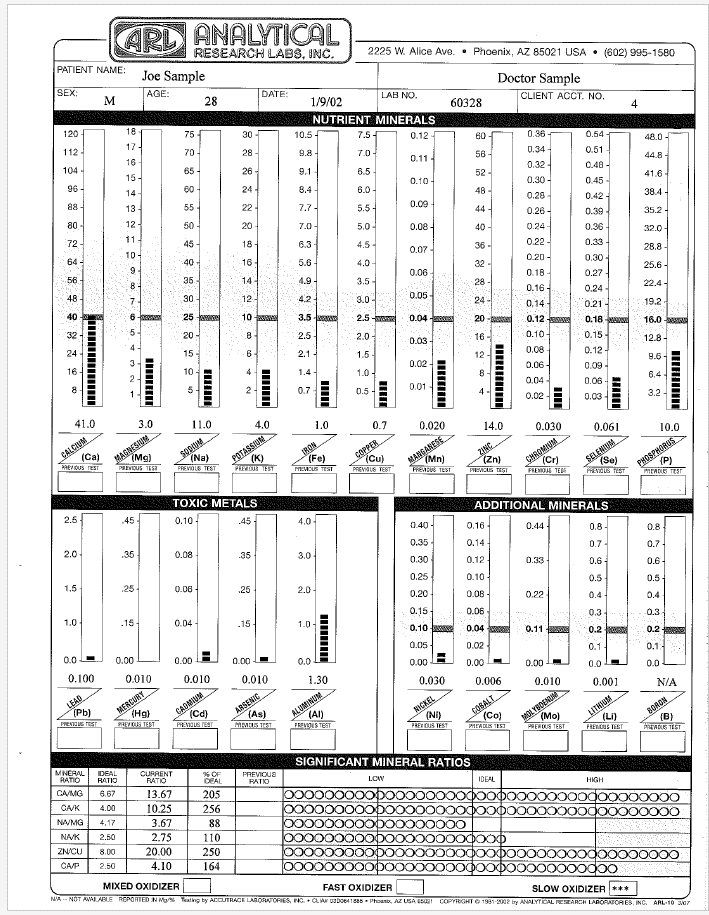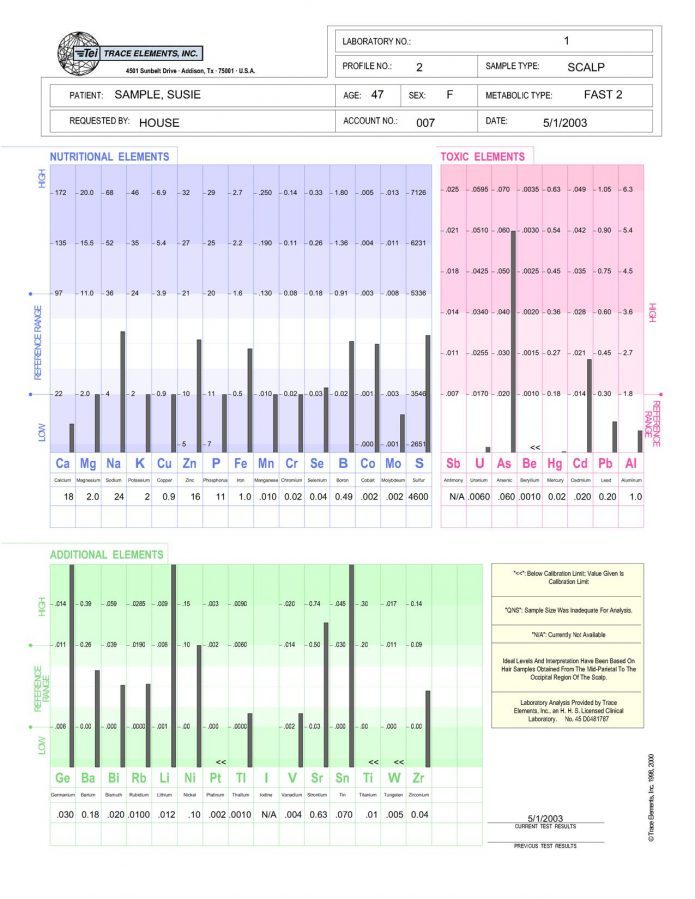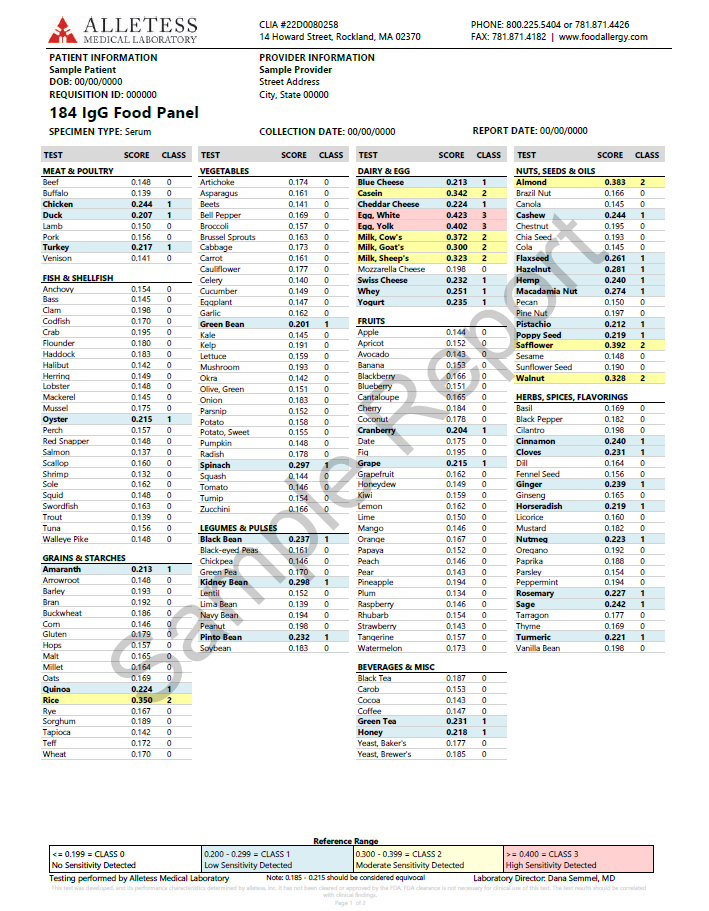Empower yourself with knowledge and support strategies. like heavy metals that can influence learning capabilities. We will also discuss the role of diet, at home testing, and practical tips for parents and caregivers.
Definition and Overview
Learning disabilities are neurological disorders that impact the brain’s ability to receive, process, store, and respond to information. They manifest in various ways, such as difficulties with reading, writing, math, or organizing thoughts. Understanding that these conditions are not a reflection of a child’s intelligence is crucial; many children with learning disabilities possess average or above-average intelligence but struggle with conventional teaching methods.
The prevalence of learning disabilities is considerable, affecting approximately 5-15% of the school-age population. They can range from mild to severe and often co-occur with other conditions such as ADHD (Attention Deficit Hyperactivity Disorder) or anxiety disorders. Early identification and intervention are key to helping children succeed academically and socially.
Common Types of Learning Disabilities
There are several types of learning disabilities, each characterized by specific challenges:
- Dyslexia: Difficulty in reading fluently and accurately, often accompanied by challenges in spelling and writing.
- Dysgraphia: Impairments related to writing, including issues with handwriting, spelling, and organizing thoughts on paper.
- Dyscalculia: Struggles with understanding numbers, mathematical concepts, and performing calculations.
- Non-Verbal Learning Disabilities: Challenges in understanding non-verbal cues, social situations, and spatial awareness.
The Impact of Heavy Metals
Common Heavy Metals Affecting Learning
Another critical factor to consider in learning disabilities is exposure to heavy metals such as lead, mercury, and arsenic. These substances can accumulate in the body and disrupt cognitive functions. Children are particularly vulnerable due to their developing brains and behaviors, like hand-to-mouth activities.
Lead exposure, for instance, has been linked to decreased IQ levels, attention problems, and poor academic performance. Mercury, often found in certain fish, can impair cognitive functions and motor skills. Understanding the sources and risks of heavy metal exposure is essential for parents and educators aiming to create a healthy learning environment.
Symptoms Related to Heavy Metal Exposure
Symptoms associated with heavy metal exposure can vary widely. They may include:
- Difficulty concentrating or maintaining attention
- Slower learning rates and delayed milestones
- Behavioral issues like irritability or impulsivity
- Physical symptoms such as headaches or stomachaches
Recognizing these types is crucial for providing targeted support that caters to each child’s unique needs.
Hair Analysis: A Window to Understanding
How Hair Analysis Helps Identify Issues
Hair analysis is an effective tool for assessing mineral levels and toxic metal exposure in children. The procedure involves taking a small sample of hair, which is then analyzed for various elements that reflect the body’s metabolic state and potential environmental exposures. This non-invasive technique can provide insights into nutritional deficiencies and toxic accumulations.
Hair analysis can reveal patterns related to nutritional status, such as deficiencies in essential minerals like magnesium and zinc, which are vital for cognitive function and emotional stability. Additionally, it can indicate the presence of heavy metals, guiding parents and healthcare professionals in making informed decisions regarding dietary adjustments or detoxification protocols.
Through hair analysis, parents can gain a deeper understanding of their child’s specific needs, ultimately aiding in implementing effective interventions tailored to improve learning and behavioral outcomes.
The Role of Oxidizers in Learning Disabilities
Fast vs. Slow Oxidizers
One intriguing aspect of learning disabilities is the role of metabolic types, classified primarily as fast and slow oxidizers. Fast oxidizers typically metabolize food rapidly, leading to a quicker supply of energy but also a higher demand for nutrients, particularly B vitamins and minerals.
In contrast, slow oxidizers metabolize nutrients more slowly, requiring a diet rich in carbohydrates and fats to maintain energy levels. Because they have low energy and frequently have excess copper, lead or other heavy metals that affect brain function, slow oxidizers may find it difficult to learn. These days, a growing number of kids are slow oxidizers. Adrenal burnout can occur in them at a very young age as a result of poor nutrition, stress, or inherited weakness.
Hair analysis is a great tool for assessing oxidation rate and directing the development of a customized supplement and diet plan to address it. And, a hair analysis can easily be done in the convenience of your home. The ones we suggest is either through Trace Elements or through Analytical Research Lab.
How Oxidizer Types Affect Children
The oxidation type may have a great impact upon learning. Those with a fast oxidation rate are often very intelligent, but have difficulty concentrating. They are often easily distracted by other children, noise or other factors. Most very young children are fast oxidizers. Fast oxidizers may experience heightened anxiety or hyperactivity if their diets lack sufficient nutrients.
Conversely, slow oxidizers can struggle with lethargy or decreased motivation, significantly affecting their ability to focus in school.
By tailoring nutritional plans to each oxidizer type, parents can potentially enhance their child’s learning and overall well-being. Simple adjustments in diet can lead to significant improvements in academic performance and social interactions.
If a child exhibits these symptoms, consulting a healthcare professional for testing and potential treatment options is advisable. Early intervention can help mitigate the adverse effects of heavy metal exposure.
Diet: Fueling Learning Potential
Foods for Fast Oxidizers
For children identified as fast oxidizers, it is crucial to provide a diet rich in proteins and healthy fats. Foods like lean meats, fish, eggs, nuts, and seeds can help stabilize energy levels and enhance cognitive function. Whole grains and vegetables are also essential, offering necessary fibers and vitamins.
Including meals that incorporate complex carbohydrates, such as quinoa and brown rice, can help maintain balanced blood sugar levels. Additionally, snacks like yogurt with fruit or a handful of nuts can provide sustained energy throughout the day.
Foods for Slow Oxidizers
In contrast, slow oxidizers may thrive on a balanced diet that includes a higher proportion of carbohydrates. Foods like whole grain bread, oatmeal, and starchy vegetables can provide the necessary energy levels for optimal brain function. Including healthy fats from sources like avocados and olive oil is also important for cognitive development.
Incorporating fruits and vegetables in their diet is essential to provide vitamins and antioxidants that promote overall health. Smoothies, for instance, can be a tasty way to combine different nutrients beneficial for slow oxidizers.
Creating a Balanced Diet for Children and Teens
A balanced diet should encompass a variety of foods tailored to each child’s needs. It’s important to maintain a mix of proteins, fats, and carbohydrates while ensuring essential vitamins and minerals are included. Meal planning can help achieve this balance by incorporating diverse ingredients, preparing snacks ahead of time, and encouraging children to participate in the cooking process.
Moreover, educating children about healthy eating habits can empower them to make better food choices, ultimately supporting their learning and cognitive capabilities. Encouraging family meals can also promote positive eating behaviors, allowing for shared experiences centered around nutritious foods.
Tips for Parents and Caregivers
Recognizing Signs of Learning Disabilities
As a parent or caregiver, recognizing the signs of learning disabilities is crucial for early intervention. Look for indicators such as difficulty with reading or writing, trouble following instructions, or challenges in organizing tasks. Emotional signs, such as frustration or withdrawal from school activities, may also suggest underlying issues.
Keeping an open line of communication with teachers and school staff can help identify academic struggles early on. Regularly discussing your child’s performance and any concerns can lead to targeted support and resources that can make a significant difference in their educational experience.
Consulting Professionals and Resources
Consulting professionals such as educational psychologists, special education teachers, or pediatricians can provide valuable insights into your child’s specific learning needs. They can conduct comprehensive assessments to determine if a learning disability is present and recommend appropriate interventions.
Additionally, numerous resources are available for parents, including support groups, online forums, and educational materials. Connecting with other parents facing similar challenges can provide emotional support and practical advice, helping you navigate the complexities of learning disabilities more effectively.
Conclusion: Empowering Children with Learning Disabilities
Understanding learning disabilities involves recognizing their complexities and the multitude of factors that can contribute to them. By educating ourselves about oxidizers, heavy metals, dietary influences, and the importance of early identification, we can create supportive environments that empower children to thrive academically and socially. Remember, every child is unique, and a tailored approach can make all the difference in helping them reach their full potential.
FAQ’s About Learning Disabilities in Children
What are the top 5 learning disabilities?
Dyslexia
Dyscalculia
Dysgraphia
Attention Deficit Hyperactivity Disorder (ADHD)
Auditory Processing Disorder (APD)
What do people with a learning disability struggle with?
People with a learning disability often struggle with reading, writing, math, or other academic skills.
What are the main signs of learning disabilities in children?
Main signs include difficulty with reading, writing, spelling, and math, as well as trouble following directions and organizing tasks. Emotional indicators may also manifest, such as frustration or avoidance of academic tasks.
How can diet impact a child’s learning abilities?
Diet plays a crucial role in cognitive function and energy levels. Tailoring a child’s diet to their metabolic type can enhance their learning potential by stabilizing energy and providing essential nutrients for brain function.
What is hair analysis, and how can it help?
Hair analysis is a non-invasive method to assess mineral levels and heavy metal exposure. It can help identify nutritional deficiencies and toxic accumulations, guiding dietary and lifestyle adjustments.
How can parents support children with learning disabilities?
Parents can support their children by recognizing signs of learning disabilities, seeking professional help, providing a tailored diet, and maintaining open communication with educators. Being informed and proactive can lead to positive outcomes.
At Home Tests
-
←→

Analytical Research Labs Hair Test
$179.00$149.00Providing a mineral blueprint of one’s biochemistry, an Analytical Research Labs Hair Minerals Test reports levels of minerals and heavy metals in your body giving possible reasons for your symptoms, with suggestions for nutritional supplements and diet changes. Hair tissue mineral analysis can provide pertinent information about balanced nutrition, one’s metabolic rate, energy levels, sugar and carbohydrate tolerance, stage of stress, immune system and glandular activity.- Buy 2 at $145.00
Analytical Research Labs Hair Test
$179.00 $149.00Successfully Added to your Shopping CartAdding to Cart... -
←→

Trace Elements Nutritional Deficiencies Hair Test
Nutritional Tests, At Home Health Tests, Toxic Metals Tests, Hair Tests, Autism Tests, Immune System Tests$188.00 $148.00Successfully Added to your Shopping CartAdding to Cart... -
←→

Alletess Food Allergy Sensitivity Test
$269.00$223.00Food sensitivities may be causing many of your health issues. Test now with this convenient at home test; no lab visit required.Alletess Food Allergy Sensitivity Test
At Home Health Tests, Allergy Tests, Blood Spot Tests, Allergy Solutions, Lung Solutions, Gastrointestinal Solutions$269.00 $223.00Successfully Added to your Shopping CartAdding to Cart...
Products
-
←→

L-Glutathione
$39.00L-Glutathione (GSH) 100 TabletsMaximum quantity exceededMinimum purchase amount of 0 is requiredL-Glutathione
Supplements, Autism Solutions, Detox Solutions, Heart Solutions, Immune System Solutions, Nerve Damage Solutions, Antioxidant Supplements, Gastrointestinal Solutions$39.00Successfully Added to your Shopping CartAdding to Cart...
References
- https://www.ninds.nih.gov/health-information/disorders/learning-disabilities
- https://ldaamerica.org/types-of-learning-disabilities/
- https://www.nichd.nih.gov/health/topics/learning/conditioninfo/diagnosed

very good
_________________